Veronica Ibarra
Veronica Ibarra fotografa (articulo en ingles).
Veronica Ibarra’s photographs resist definition. Like one well-versed in the alchemical imagery of Cocteau and Anger, Ibarra carefully constructs scenes of glamour, her characters poised in fixed carnival moments of tantalizing possibility. Under her gaze, subjects become denizens of the artist’s indeterminate dreamworld, whether they be innocent babies or decadent performers.
Ibarra’s large color photographs – her friends dressed as modern day glitter heroes and heroines – document her friends and family in her apartment over the past few years. Ibarra cites “costumes, fantasy setting and over-the-top makeup” as a few of the things that inspire her and describes her photographs as “real life fairy tales.”
Her work reveals a seamless blending of art and life, where self-expression is an act of performance. One portrait of a local glam/metal deejay, “Lady Starlight’s Reflection,” shows the extent to which one will go to perfect a look in the name of rock ‘n roll – the subject has transformed herself into a Ziggy Stardust-era Bowie look-alike. For some, this constitutes a costume – for Ibarra and her circle of friends, it’s a way of life. Sidewalks and subway platforms are their stages.
I spoke to Ibarra about her work and recent travels, upon the publication of her limited edition book, Clandestine Theatre. A series of recent images from her collaboration with cinema of transgression filmmaker Tommy Turner, Beloved Pigs, was featured in the group exhibition Cosmic Love which opens at the Show Cave gallery in Los Angeles.
Ibarra’s teenage fascination for the transformative power of makeup, combined with a penchant for creepy crawly nightlife prompted a burgeoning interest in documenting fellow artists and performers around downtown Los Angeles. She drafted her first guinea pigs from her circle of friends, making day trips to places like the Angeles National Forest, junk heaps and abandoned buildings to make her first staged portraits.
Following a short stint at Otis College of Art and Design, Ibarra went on to begin a career gilding the faces of the known and aspiring on Hollywood film sets and fashion runways as a makeup artist for MAC Cosmetics. The demand for her talents led to commissions to style and photograph performers at art events for artists like Warhol at the Los Angeles Museum of Contemporary Art (MoCA). Despite lucrative offers to continue her career in California, Ibarra felt drawn to more potent temptations in the glittering underbelly of rock and roll, and moved to New York City in 2003.
In the Rotten Apple, Ibarra found kindred spirits in such performers making a name for themselves in the downtown music scene as Lady Starlight, Breedlove, and Anna Copa Cabanna. She immersed herself in the night world of the cabaret-going bar crawler, trading her large loft in downtown L.A. for a tiny tenement apartment in the East Village.
Ibarra was forced to pack away most of her studio gear and began devising ways to work within the building’s confines, using its cramped hallways and atmospheric darkness to produce her first body of work, 60 Avenue B, a semi-biographical series of portraits of her friends. The photographs pay a kind of fictional homage to recent generations of artists celebrated and unknown, Factory-era divas and dandies whose ghosts continue to haunt the neighborhood.
”Joel-Peter Witkin also used a lot of masks as well, and I’m a really big fan of his stuff. So I’ve always had little masks. And I’ve always felt that photographs seem a little more mysterious when you have props, or separate elements that make you wonder what they’re doing there and why, why they’re wearing that. I‘ve always loved that sort of costumed style.”
– Veronica Ibarra
Ibarra’s ingenuity with props and styling is even more readily apparent in her next series of images, Los Cuentos de Hadas (The Fairytales). The lush backdrops and Babylonian costumes that drape her models constitute an opium den of riches; a world of masquerade where one moves seamlessly from a Louise Brooks doppelganger to a pair of 19th century Parisian streetwalkers. Each group of photographs in this series have their own unique identity, so I was floored to learn that the gorgeous vignettes had all been shot in the same 10 by10 foot space in her apartment. The variety of images were accomplished on a nearly non-existent budget with nothing more than a change of costume and clever drapery. All recycled items Ibarra finds in thrift shops, stored in a small bedside trunk. Her ability to fully realize illusions of otherworldly debauchery somewhat impressed me. It is inspiring that money and space are no obstacle to the spirit which drives Ibarra to do her work, and there seems to be no spectacle that she can’t effect through utilitarian means.
Along with Los Cuentos de Hadas and 60 Avenue B, Ibarra’s photographs of musicians from Genesis P.Orridge to Jon Spencer attracted additional attention from fashion and art circles. She began collaborating on photographic projects with artists like Tora Lopez and Emiliano Maggi, Carmen Hawk, and Joanne Burke of Chromium Dumb Belle. Ibarra recently traveled with Lopez and Maggi to New Orleans, where she documented their KK Projects installation, Modern Witchcraft at the Prospect 1 Biennial.
In her new works we will see a hallucinatory, blue-tinged dream sequence, the artists blur the boundary between fiction and reality when Ibarra performs the very real act of mutilating his body in her photographs.
Veronica Ibarra is currently working on a series of self-portraits, one of which is the title image on her new blog, La Bella Memoria. Highlights of Ibarra’s last decade of work have been collected and self-published by the artist in the new volume, Clandestine Theatre, available for special order by email through her website.
by Monica Casanova
labellamemoria.blogspot.com

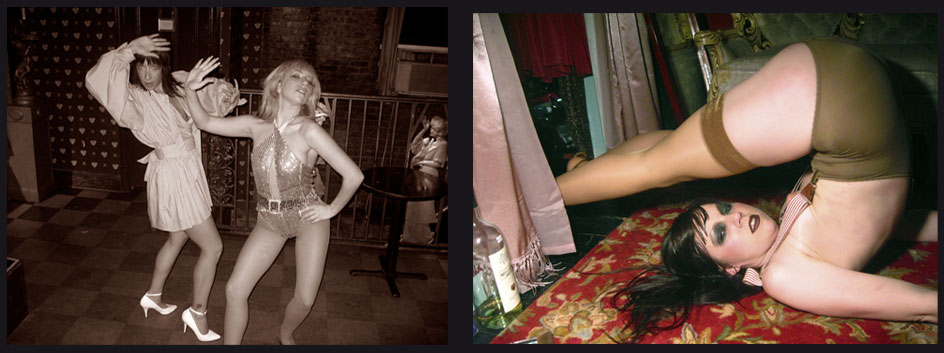
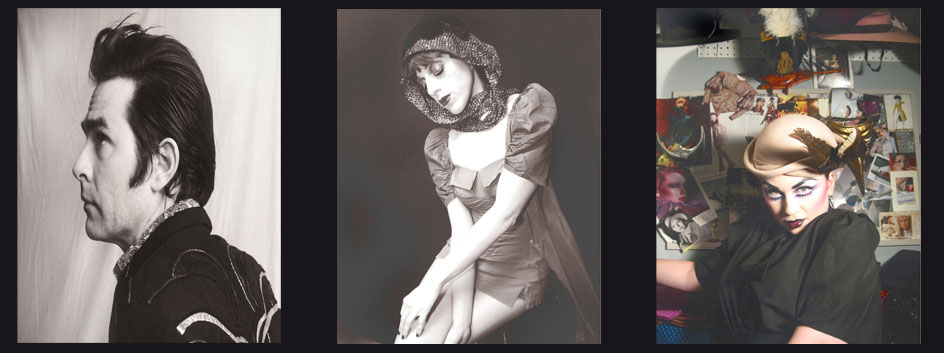
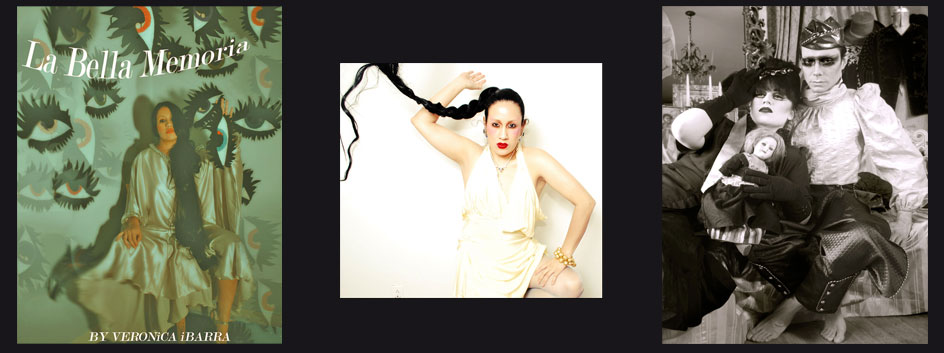
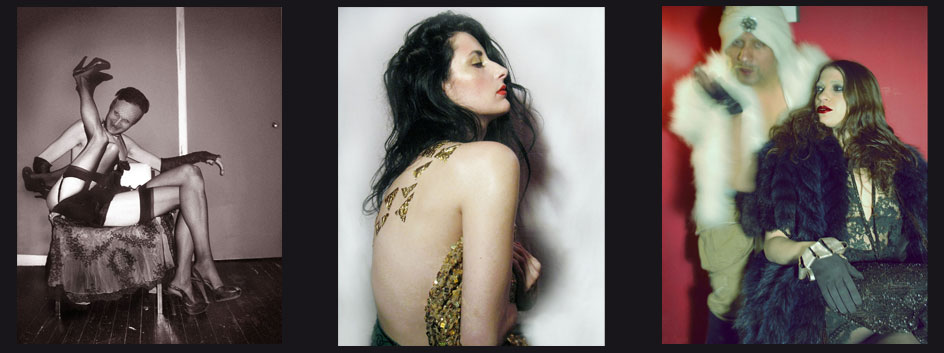
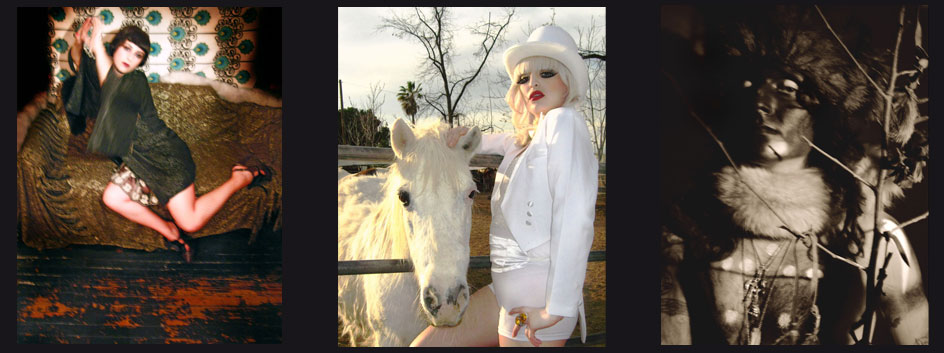
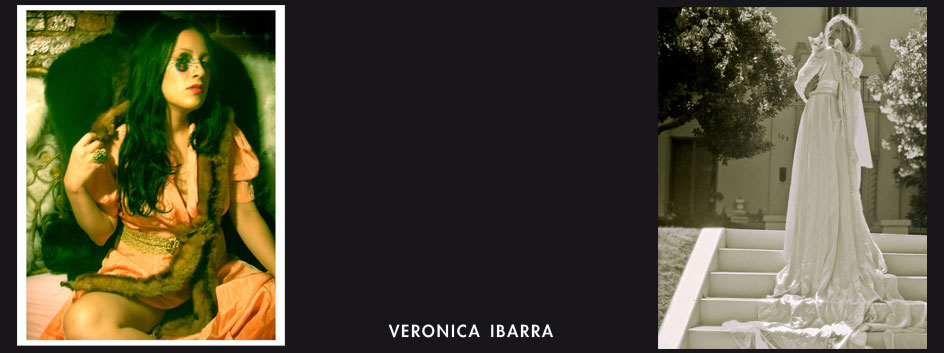
Comenta